Comprehensive Guide to Scientific Detection: Methods, Instruments, and Applications
Overview of Detection: What It Entails
Detection plays a crucial role in science, technology, and industry, ensuring the accuracy, safety, and quality of various processes and products. From **analyzing environmental samples** to **quality control in manufacturing**, detection encompasses diverse techniques and methods. This article delves into the **core principles and applications** of modern detection systems.
Sample Types in Detection
Detection processes often require a range of sample types, tailored to the specific needs of the analysis. Common examples include:
- Environmental samples: Soil, water, and air for pollution monitoring.
- Biological samples: Blood, saliva, or tissues for medical diagnostics.
- Industrial materials: Metals, polymers, and chemicals for quality assurance.
Each sample type demands precise preparation and handling to ensure the **validity of the detection process**.
Key Detection Parameters and Projects
The parameters evaluated during detection vary widely depending on the field and purpose. Major detection projects may include:
- **Chemical composition analysis**: Identifying elements or compounds in a sample.
- **Physical property measurements**: Testing strength, hardness, or thermal properties.
- **Biological marker identification**: Assessing disease indicators or genetic information.
- **Environmental monitoring**: Measuring pollutants and compliance with regulatory standards.
These projects form the backbone of scientific investigation and practical applications, driving innovation and safety.
Detection Instruments: Tools for Precision
The **efficacy of detection** hinges on the quality and capabilities of the instruments used. Modern tools include:
- Spectrometers: For identifying chemical structures and compositions.
- Microscopes: Enabling detailed analysis of microstructures and organisms.
- Chromatographs: Separating and analyzing complex mixtures.
- Sensors: Measuring parameters such as temperature, pressure, and pH.
These instruments are designed to provide **highly accurate and reliable results** while accommodating a wide range of applications.
Detection Methods: A Step-by-Step Approach
Scientific detection methods follow a structured workflow to ensure **validity and reproducibility**. Key steps include:
- Sample preparation: Ensuring samples are representative and free from contaminants.
- Instrument calibration: Verifying measurement accuracy and precision.
- Data collection: Employing standardized protocols for consistent results.
- Data analysis: Using software and statistical methods for interpretation.
Adherence to these steps ensures the **integrity of the detection process**, meeting both scientific and regulatory standards.
Conclusion
The field of detection is vast and ever-evolving, with applications that touch nearly every aspect of life. By understanding the **fundamentals of sample types, parameters, instruments, and methods**, professionals across industries can achieve **greater precision and reliability** in their work. As technology advances, detection systems will continue to drive progress and innovation in countless fields.

检测资质(部分)
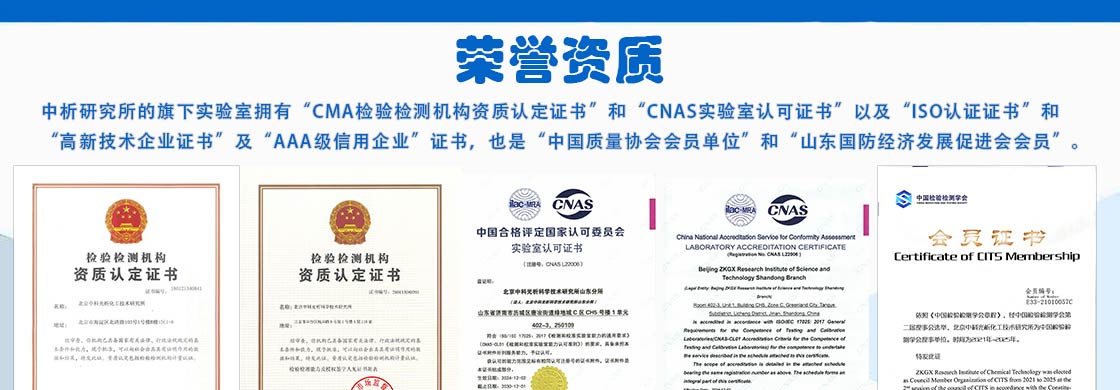
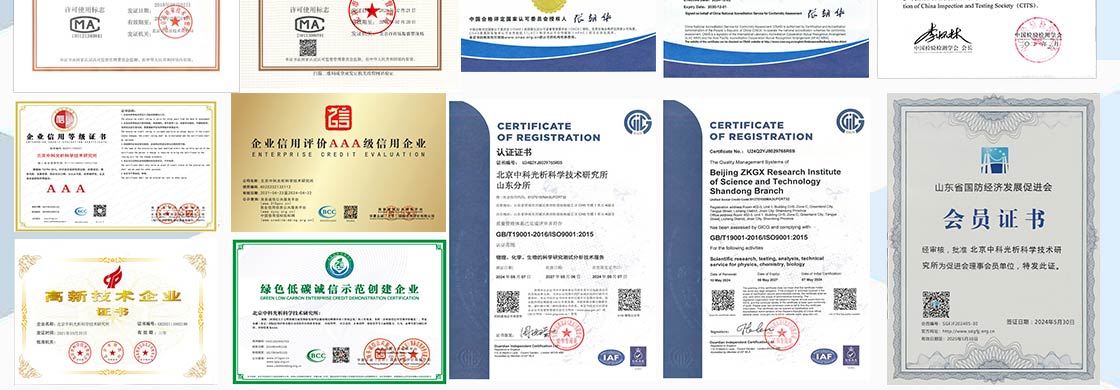

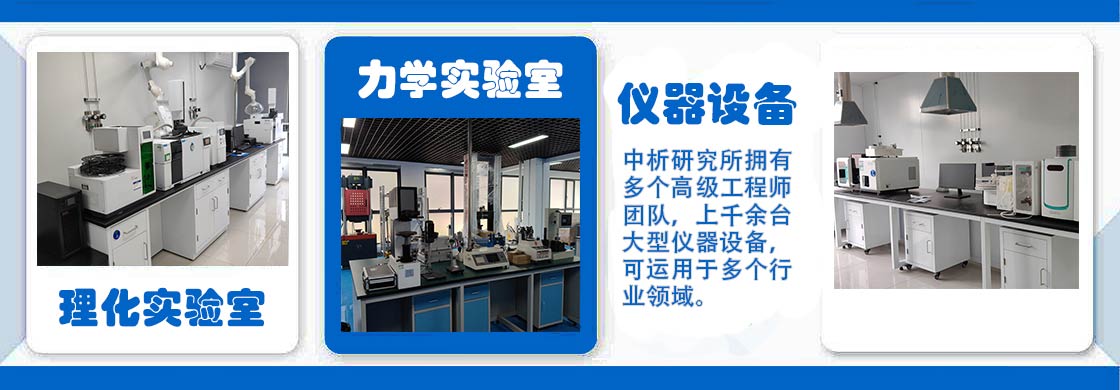
检测实验室(部分)



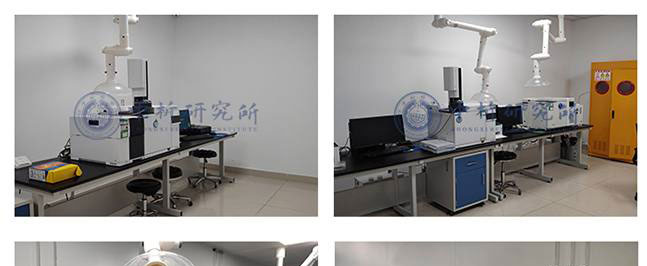
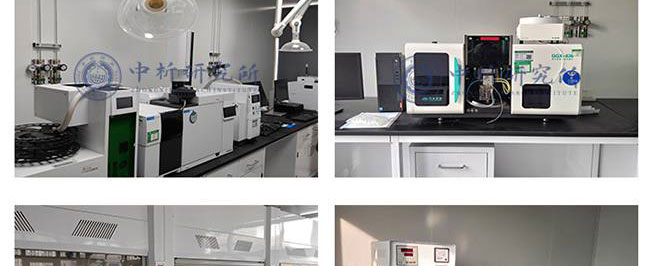
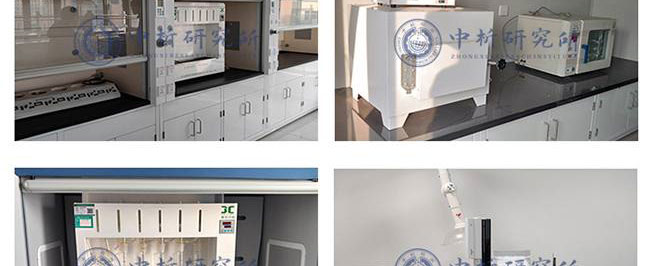
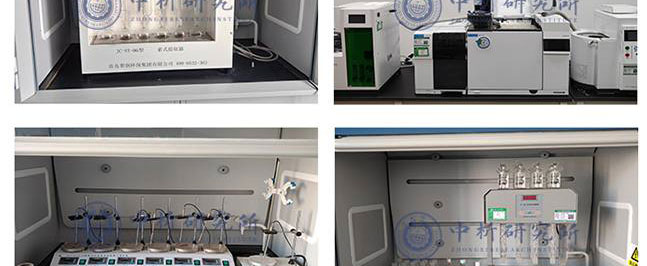
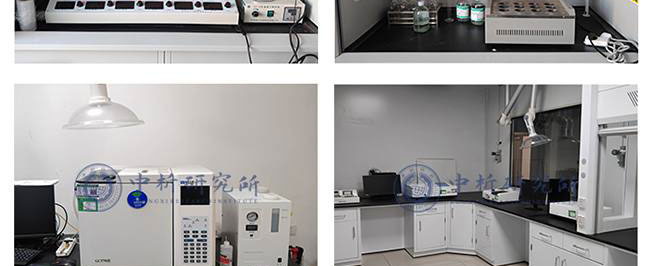
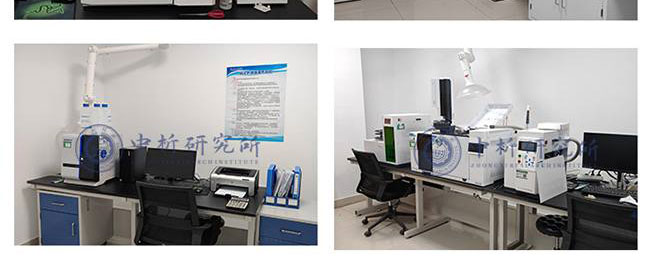
合作客户(部分)





检测报告作用
1、可以帮助生产商识别产品的潜在问题或缺陷,并及时改进生产工艺,保障产品的品质和安全性。
2、可以为生产商提供科学的数据,证明其产品符合国际、国家和地区相关标准和规定,从而增强产品的市场竞争力。
3、可以评估产品的质量和安全性,确保产品能够达到预期效果,同时减少潜在的健康和安全风险。
4、可以帮助生产商构建品牌形象,提高品牌信誉度,并促进产品的销售和市场推广。
5、可以确定性能和特性以及元素,例如力学性能、化学性质、物理性能、热学性能等,从而为产品设计、制造和使用提供参考。
6、可以评估产品是否含有有毒有害成分,以及是否符合环保要求,从而保障产品的安全性。
检测流程
1、中析研究所接受客户委托,为客户提供检测服务
2、客户可选择寄送样品或由我们的工程师进行采样,以确保样品的准确性和可靠性。
3、我们的工程师会对样品进行初步评估,并提供报价,以便客户了解检测成本。
4、双方将就检测项目进行详细沟通,并签署保密协议,以保证客户信息的保密性。在此基础上,我们将进行测试试验.
5、在检测过程中,我们将与客户进行密切沟通,以便随时调整测试方案,确保测试进度。
6、试验测试通常在7-15个工作日内完成,具体时间根据样品的类型和数量而定。
7、出具检测样品报告,以便客户了解测试结果和检测数据,为客户提供有力的支持和帮助。
以上为Comprehensive Guide to Scientific Detection: Methods, Instruments, and Applications的检测内容,如需更多内容以及服务请联系在线工程师。
